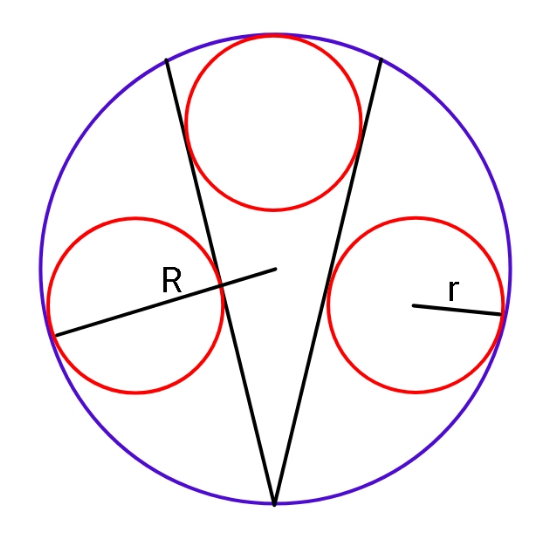
AllQuestion and Answers: Page 1106
Question Number 107454 Answers: 2 Comments: 0
Question Number 107453 Answers: 0 Comments: 0
Question Number 107452 Answers: 1 Comments: 0
Question Number 107451 Answers: 1 Comments: 1
Question Number 107447 Answers: 0 Comments: 2

Question Number 107446 Answers: 0 Comments: 3

Question Number 107444 Answers: 0 Comments: 0

Question Number 107445 Answers: 0 Comments: 0

Question Number 107438 Answers: 1 Comments: 0

Question Number 107435 Answers: 0 Comments: 0

Question Number 107434 Answers: 0 Comments: 1

Question Number 107433 Answers: 1 Comments: 0
Question Number 107432 Answers: 0 Comments: 0

Question Number 107428 Answers: 1 Comments: 1
Question Number 107420 Answers: 1 Comments: 1

Question Number 107419 Answers: 1 Comments: 0
Question Number 107415 Answers: 1 Comments: 1

Question Number 107414 Answers: 2 Comments: 0
Question Number 107403 Answers: 0 Comments: 0

Question Number 107401 Answers: 1 Comments: 0
$$\mathrm{sove}\:\mathrm{y}^{''} \:=\mathrm{y}^{\mathrm{2}} \\ $$
Question Number 107761 Answers: 0 Comments: 2

Question Number 107377 Answers: 2 Comments: 0
Question Number 107373 Answers: 1 Comments: 0
Question Number 107372 Answers: 2 Comments: 0
Question Number 107367 Answers: 0 Comments: 0

Question Number 107364 Answers: 4 Comments: 0
Pg 1101 Pg 1102 Pg 1103 Pg 1104 Pg 1105 Pg 1106 Pg 1107 Pg 1108 Pg 1109 Pg 1110
